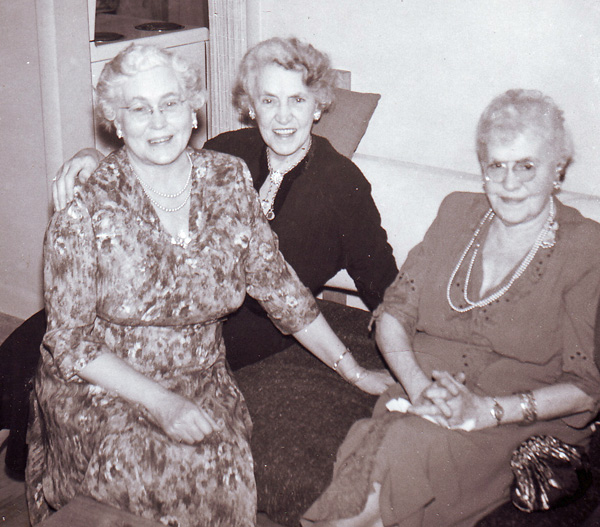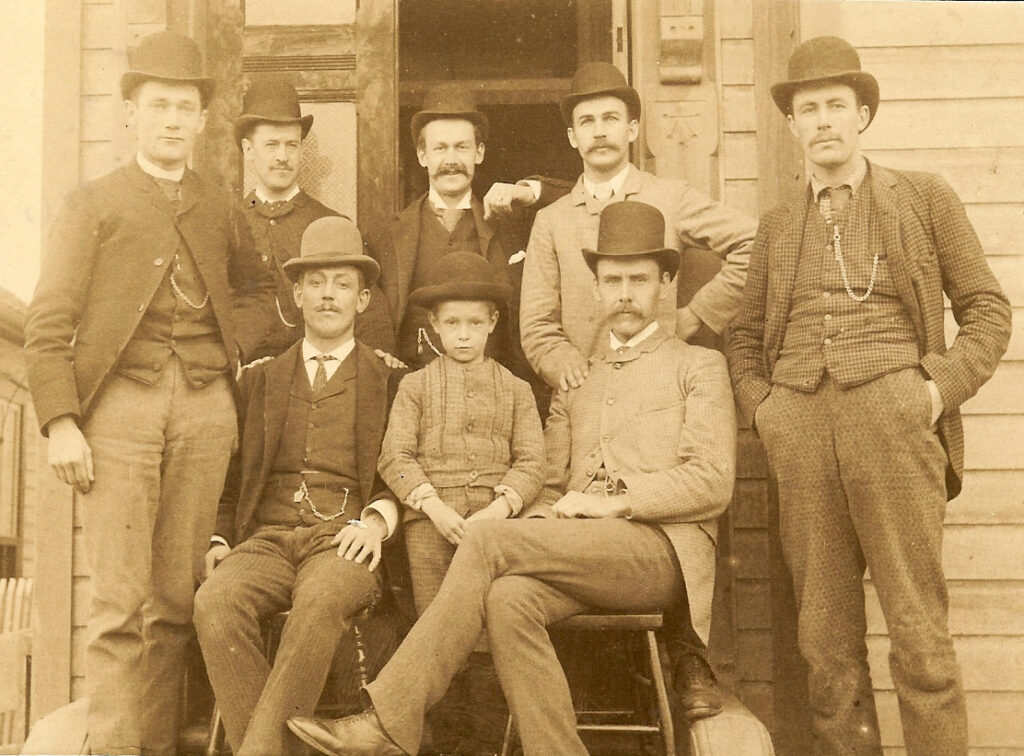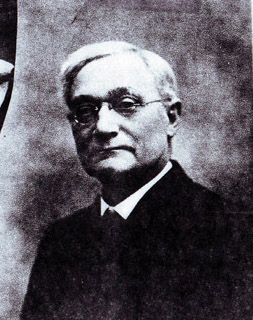It must have been around 1970, the year I graduated from university. Maybe I was visiting my parents in Montreal, trying to figure out my next step in life. My father was invited to a family barbeque and asked me to come along. My mother didn’t like parties, so just Dad and I attended.
Unfortunately, my memory of that party is hazy. Fifty years later, all I recall is a leafy back yard. I didn’t know my father’s cousins, and I was too shy to talk to anyone.
The name of one person at that party stuck with me, however: my father’s Aunt Lou. I recently did some research and discovered why her name might have stood out.

Born in 1892, Lou Forrester was the second-youngest of six siblings who grew up on a prairie grain farm near Emerson in southern Manitoba. My future grandmother, Lillian, was her older sister. Eventually the siblings all scattered. Both Lillian and Lou settled in Winnipeg.
By the time that barbecue in Montreal took place, all the Forrester siblings except Lou had died, so it’s no wonder she held a special place in my father’s heart.
The daughter of John McFarlane Forrester and Samantha Rixon, Lou was baptized Lulu Elda Forrester. She didn’t like that name and usually went by Lou, or Louise. According to a family story, she was named after a Hawaiian princess. Her father, who loved reading, was a fan of author Robert Louis Stevenson and may have found the name in something Stevenson wrote about Hawaii.
At this time, few women worked, but Lou did have a career before she married: she trained as a nurse in Winnipeg and worked with newborn babies
On June 29, 1915, she married Winnipeg lawyer John Fletcher Campbell. According to the Winnipeg Tribune, it was a pretty wedding, held at eight in the evening at King Memorial United Church. The days are long at that time of the year in Winnipeg, so the sun was low in the sky as they said their vows. The bride wore a cream satin dress with a short, full skirt, while the bridesmaid wore pink and the mothers of both the bride and groom were in black dresses. The bouquets included pink roses, sweet peas and forget-me-nots.
Fletcher was a descendant of the Selkirk Settlers, most of them Scottish Highlanders who settled on the banks of the Red River in the early 1800s. Fletcher grew up in the brick farmhouse in the Winnipeg neighbourhood of East Kildonan that his father had built overlooking the river. Lou and Fletcher raised five of their six children there. One daughter died at age two.
The house was large, and British Air Force pilots who were training near Winnipeg during World War II often billeted with the Campbell family.
Fletcher died of a heart attack in 1944, leaving Lou a widow for 34 years. Fortunately, he had been a successful lawyer and does not seem to have left her with financial concerns. Granddaughter Barbara recalls that Lou wore a mink coat – considered a necessity in Winnipeg’s cold climate.
For the first 16 years after her husbands’ death, Lou continued to live in the house in East Kildonan and focused her interests on her now grown children and her grandchildren. Great-niece Fran has happy memories of Lou coming to visit in London, Ontario and making wonderful cinnamon buns. Fran and her sister would watch in awe as Lou upended the bag of flour into the mixing bowl, then added the other ingredients without bothering to measure precisely, until the mixture felt right. According to another family story, Lou used to do the baking when sister Lillian, who was not a great cook, had guests for tea.
In 1960, Lou sold the house and moved to Vancouver Island to stay with her sister Jessie and husband Rev. Tom McMillan. After Jessie died in 1961, Lou lived for several years with daughter Alison Hermon in Montreal. It must have been during that period that the barbecue took place.
Lou returned to Winnipeg when Alison’s family moved to Vancouver, but by that time she was ill. She was first hospitalized in Montreal, then admitted to Concordia Hospital in Winnipeg for long-term care. Daughter-in-law Sheila visited her bedside religiously, while great-niece Linda, a nurse on the ward at the time, also kept an eye on her. “Lou was rather a demanding soul,” Linda recalls, adding, “I remember clearly her having a ‘shot’ of sherry each night. We kept the bottle in the nurses’ station and it was doled out each evening as part of her bedtime routine.”
Lou Campbell died on Aug. 12, 1978, age 86. She is buried with her husband and several other Campbell family members in the old Kildonan Presbyterian Cemetery, Winnipeg.
(updated June 1, 2020 with new anecdotes)


